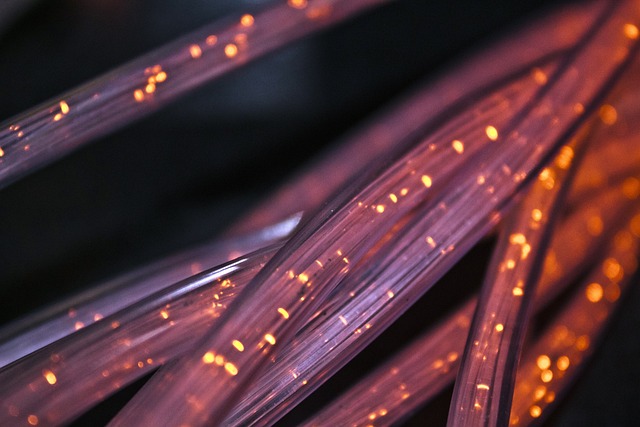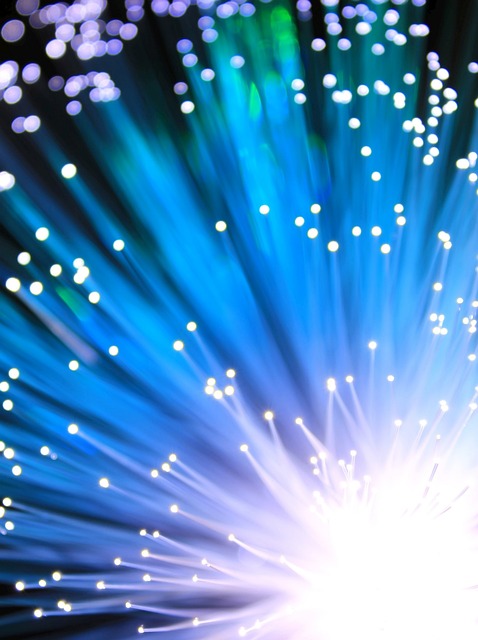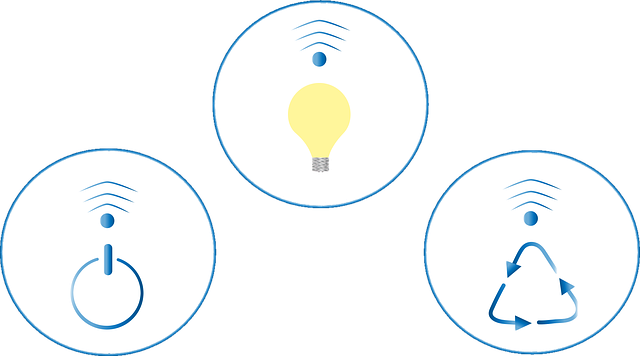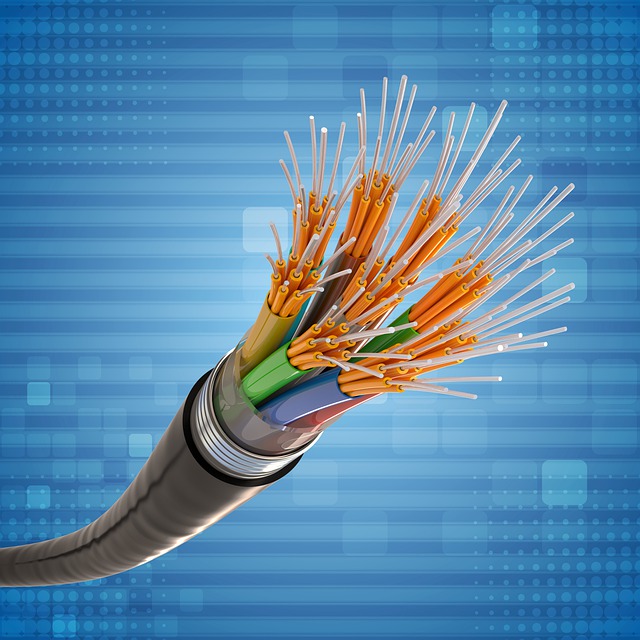Fiber internet is quickly becoming the preferred choice for internet users around the world, offering lightning-fast speeds and reliable connections. In this article, we will explore the numerous benefits of fiber internet, how it works, and compare different providers in the market. We will also discuss the challenges of installing fiber internet and how they can be overcome. Finally, we will look at future trends in fiber internet technology and how it is poised to revolutionize the way we connect and communicate online.
- 1. The Benefits of Fiber Internet
- 2. How Fiber Internet Works
- 3. Comparing Fiber Internet Providers
- 4. Overcoming Challenges of Installing Fiber Internet
- 5. Future Trends in Fiber Internet Technology
1. The Benefits of Fiber Internet

Fiber internet offers numerous benefits to users compared to traditional copper internet connections. One of the key advantages of fiber internet is its speed. Fiber optic cables transmit data using light signals, which allows for much faster internet speeds compared to copper cables. This means faster downloads and uploads, smoother streaming, and better online gaming experiences.
Another benefit of fiber internet is its reliability. Fiber optic cables are not as susceptible to interference compared to copper cables, resulting in a more stable and consistent internet connection. This is particularly important for businesses that rely on a reliable internet connection to stay productive.
Additionally, fiber internet offers higher bandwidth capacity, meaning more devices can be connected to the network without compromising speeds. This is especially beneficial in households with multiple users streaming content, video conferencing, or gaming simultaneously.
Furthermore, fiber internet is more secure than traditional copper internet connections. Fiber optic cables are harder to tap into compared to copper cables, making it more difficult for hackers to access sensitive information.
Overall, fiber internet offers faster speeds, greater reliability, higher bandwidth capacity, and increased security, making it a superior choice for users looking for a high-performance internet connection.
2. How Fiber Internet Works

Fiber internet works by transmitting data using pulses of light that travel through thin strands of glass or plastic fibers. These fibers are bundled together to create cables that can transmit data over long distances at incredibly high speeds.
When you send or receive data over fiber internet, the information is converted into light signals by a transmitter at one end of the fiber optic cable. These light signals then travel through the cable to a receiver at the other end, where they are converted back into data that you can access on your device.
Fiber internet is able to transmit data faster and more reliably than traditional copper wire internet connections because light signals can travel much faster than electrical signals. This means that you can enjoy faster download and upload speeds, as well as a more stable connection for activities like video streaming, online gaming, and video conferencing.
Overall, fiber internet offers an efficient and high-performance way to connect to the internet, making it a popular choice for users who require fast and reliable internet access.
3. Comparing Fiber Internet Providers

When comparing fiber internet providers, it is important to consider several factors to determine which provider is the best fit for your needs. One key aspect to compare is the speed and reliability of the internet connection offered by each provider. Fiber internet is known for its fast and consistent speeds, so be sure to look for providers that offer high-speed plans to ensure smooth performance for all your online activities.
Another factor to consider when comparing fiber internet providers is the coverage area. Not all providers offer fiber internet in every location, so it is important to research which providers service your area and compare their offerings. Additionally, consider the customer service and support provided by each provider, as this can make a big difference in your overall experience with the service.
Lastly, compare the pricing and contract terms of each provider to find the best value for your budget. Some providers may require a long-term contract, while others offer more flexibility with month-to-month options. By considering these factors and comparing different fiber internet providers, you can make an informed decision on which provider is the best choice for your needs.
4. Overcoming Challenges of Installing Fiber Internet

Installing fiber internet can come with its own set of challenges, but there are ways to overcome them. One common challenge is the initial cost of installation, as laying fiber optic cables underground can be expensive. However, some government initiatives and partnerships with internet service providers can help offset these costs.
Another challenge is the time and coordination required for installation. Fiber internet installation usually involves multiple parties, such as the internet service provider, contractors, and potentially local government authorities. Proper planning and communication between all parties involved can help streamline the installation process and minimize delays.
Additionally, obstacles like existing infrastructure and terrain can pose challenges during installation. A detailed site survey can help identify any potential obstacles and allow for proper planning to overcome them. In some cases, creative solutions like aerial fiber installation or directional drilling may be employed to navigate around obstacles.
Overall, with proper planning, coordination, and the right resources, the challenges of installing fiber internet can be successfully overcome, resulting in a high-speed and reliable internet connection for users.
5. Future Trends in Fiber Internet Technology

As the demand for faster and more reliable internet continues to grow, fiber internet technology is constantly evolving to meet these needs. Some future trends in fiber internet technology include the expansion of fiber networks to reach more communities and neighborhoods, the development of even faster speeds and higher bandwidth capabilities, the integration of advanced security features to protect user data, the implementation of symmetrical upload and download speeds for more efficient data transfer, and the emergence of new applications and services that leverage the power of fiber internet connections. With ongoing advancements in technology and infrastructure, the future of fiber internet is sure to bring even more benefits and opportunities for users around the world.


























